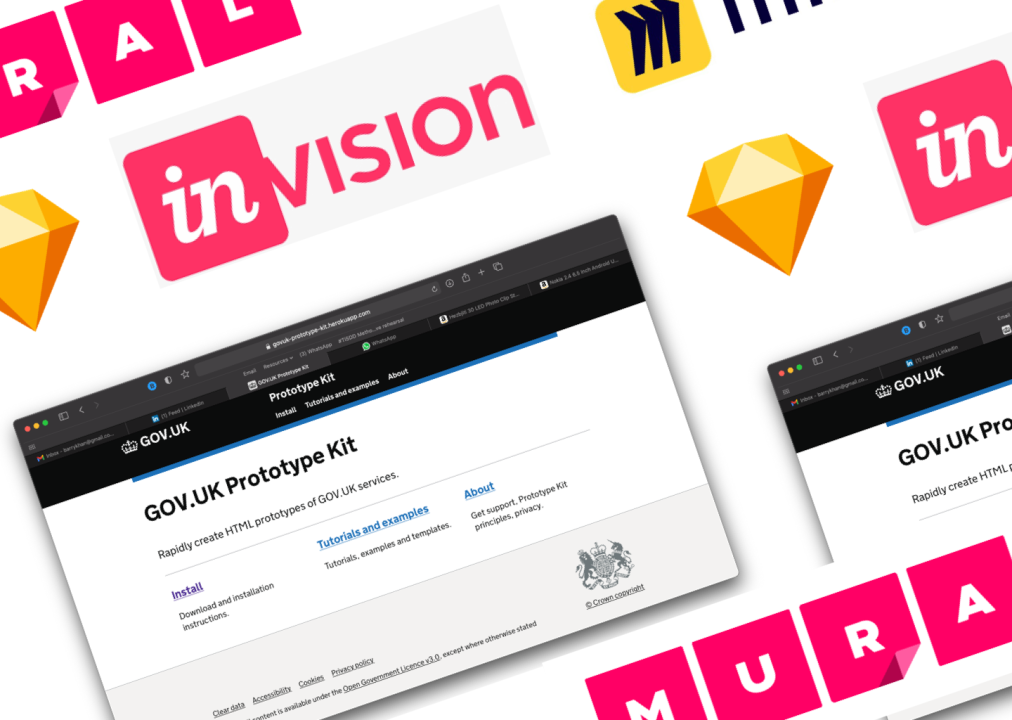The perfect prototyping tool
I recently was interviewed for a research session about prototyping. It may have turned into a bit of a rant so thought it best to waffle about it here.

Prototyping is one of my favourite activities in the design process. It’s all about experimenting, proving or disproving any hypothesis.
Creativity #
I’m naturally a bit of a maker, and being able to create something that can cause conversations and breakthroughs is wonderful. It’s also the closest I get to being an “artist” apart from when doing my photography. By artist I mean create something that provokes further ideas or opinions.
Looking at the design process, once we’ve explored in discovery and honed in on defining a problem, we get to finally start thinking about solutions..
Quantity not quality #
I’ve witnessed many times where designers jump in to prototyping too early, focussing too soon on a solution and rarely pivoting away or scrapping an idea entirely. By delaying prototyping we get to explore more ideas and the crappier the better. With the quantity of ideas we have more chance of coming up with true transformation.
The right tool #
Each client I have has their own preferred tool. Figma, Mural, GOV prototype tool kit, sketch, marvel, inVision, balsamic the list goes on. It’s often the first tool they use when visualising a solution and testing it as a prototype.
Prototyping and testing with users is great but limiting ourselves to one tool for all problems also brings in bias and it's not always the right tool at the right time of a project. Using one tool is great for reducing design ops workflow and cost but I do think using more than one approach will be beneficial.
Prototype stacks #
I’m sometimes asked what’s my favourited tool to use, and I struggle to answer. A TISDD course introduced me to a term Prototype Stack and that’s a great approach. Just like you wouldn’t use one tool for all your DIY, like screw a screw with a sledge hammer or a knife, although I have tried that multiple times; I round the screw and the knife.
Using multiple tools and understanding what tool is best for specific projects is invaluable and leads to better insights from research.
These are the tools I use to prototype:
- Pen and paper
- Marvel
- Miro
- Figma
- Gov.uk prototyping toolkit (a lot)
I also use investigative rehearsal, since Adam StJohn Lawrence introduced me to it at a fantastic TISDD course! Thanks Adam StJohn Lawrence, Markus Edgar Hormeß and Marc Stickdorn.